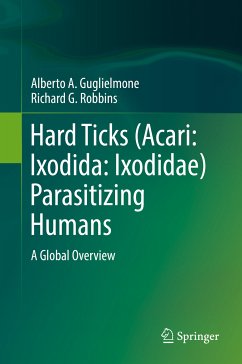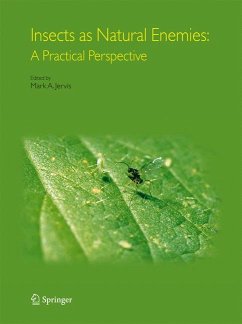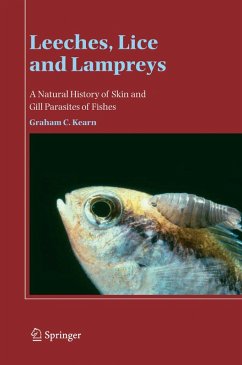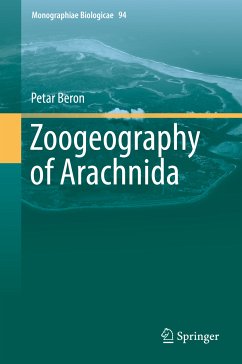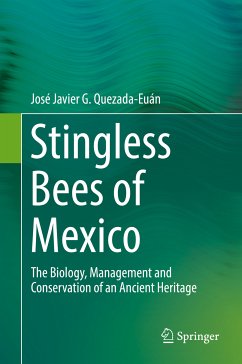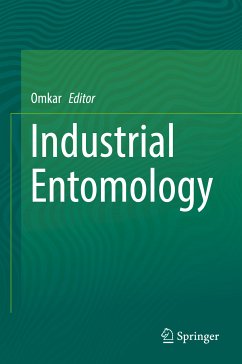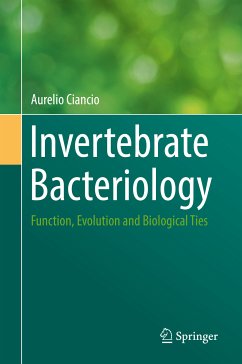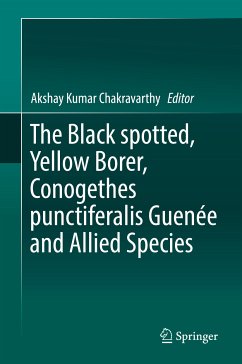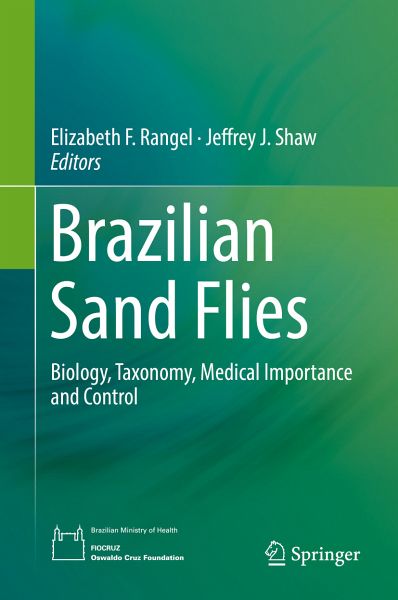
Brazilian Sand Flies (eBook, PDF)
Biology, Taxonomy, Medical Importance and Control
Redaktion: Rangel, Elizabeth F.; Shaw, Jeffrey J.
Versandkostenfrei!
Sofort per Download lieferbar
112,95 €
inkl. MwSt.
Weitere Ausgaben:

PAYBACK Punkte
56 °P sammeln!
This is the first English-language book dedicated to Brazilian sand flies and their medical importance. No other country has so many species of these haematophagous insects as Brazil and their diversity has reached an astonishing level. The book contains comprehensive chapters, written by Brazilian experts on their regional distribution, their ecology and their importance as vectors of pathogens and parasites. Methods for sampling, processing and preserving phlebotomines are reviewed as are perspectives on surveillance and leishmaniasis vector control. A novel classification is presented whose...
This is the first English-language book dedicated to Brazilian sand flies and their medical importance. No other country has so many species of these haematophagous insects as Brazil and their diversity has reached an astonishing level. The book contains comprehensive chapters, written by Brazilian experts on their regional distribution, their ecology and their importance as vectors of pathogens and parasites. Methods for sampling, processing and preserving phlebotomines are reviewed as are perspectives on surveillance and leishmaniasis vector control. A novel classification is presented whose aim is to help investigators identify the species that they are working with more efficiently.
Dieser Download kann aus rechtlichen Gründen nur mit Rechnungsadresse in A, B, BG, CY, CZ, D, DK, EW, E, FIN, F, GR, HR, H, IRL, I, LT, L, LR, M, NL, PL, P, R, S, SLO, SK ausgeliefert werden.



